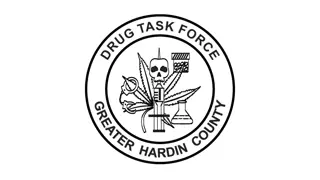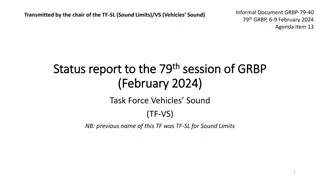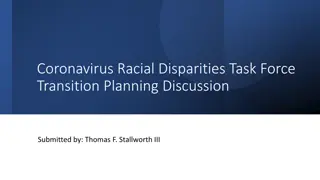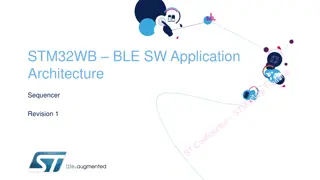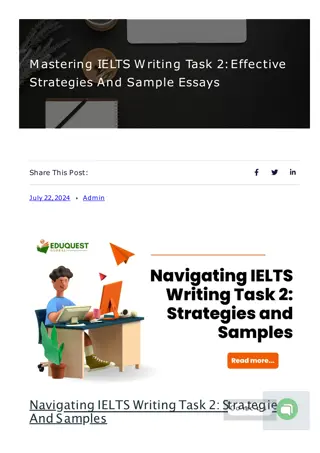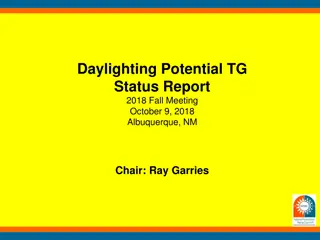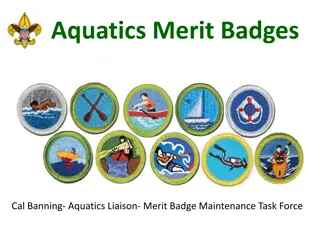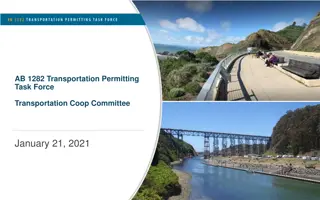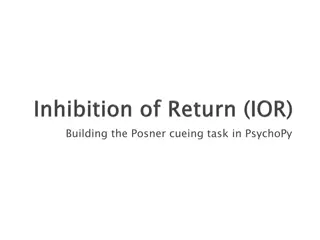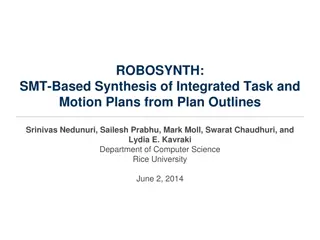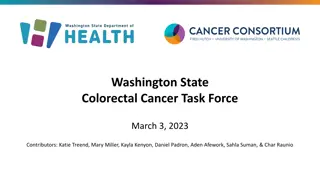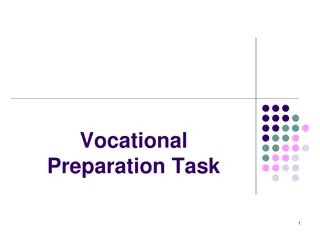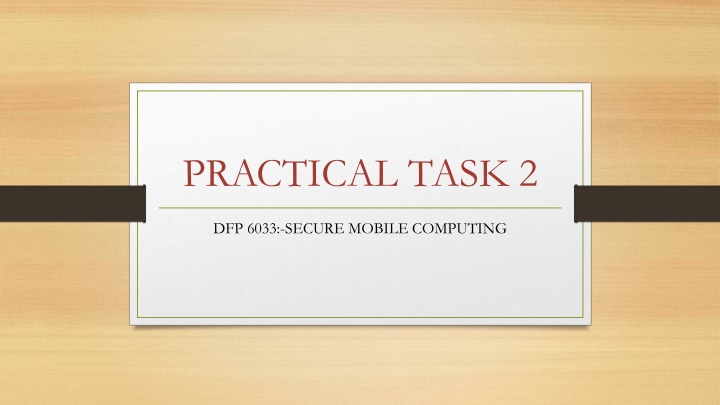
Three-Tier Architecture in Mobile Computing
Explore the concept of three-tier architecture in mobile computing, including the presentation, application, and data tiers. Learn about middleware frameworks such as Message-Oriented Middleware (MOM) and their roles in software development.
Download Presentation

Please find below an Image/Link to download the presentation.
The content on the website is provided AS IS for your information and personal use only. It may not be sold, licensed, or shared on other websites without obtaining consent from the author. If you encounter any issues during the download, it is possible that the publisher has removed the file from their server.
You are allowed to download the files provided on this website for personal or commercial use, subject to the condition that they are used lawfully. All files are the property of their respective owners.
The content on the website is provided AS IS for your information and personal use only. It may not be sold, licensed, or shared on other websites without obtaining consent from the author.
E N D
Presentation Transcript
PRACTICAL TASK 2 DFP 6033:-SECURE MOBILE COMPUTING
NAME MATRIX NUMBER MUHAMMAD HIZQIL BIN MOHAMED IBRAHIM 21DDT18F1211 MEASALAN A/L NADARAJAN 21DDT18F1154 FAZLI FAIZ BIN KAMAL 21DDT18F1203 MUHAMMAD SAIFUL BIN AMEERDEEN 21DDT18F1178
QUESTION 1 I Explain the three-tier architecture related to mobile computing
*Presentation Tier- The presentation tier is the front end layer in the 3-tier system and consists of the user interface. This user interface is often a graphical one accessible through a web browser or web-based application and which displays content and information useful to an end user. This tier is often built on web technologies such as HTML5, JavaScript, CSS, or through other popular web development frameworks, and communicates with others layers through API calls. *Application Tier- The application tier contains the functional business logic which drives an application s core capabilities. It s often written in Java, .NET, C#, Python, C++, etc. *Data Tier- The data tier comprises of the database/data storage system and data access layer. Examples of such systems are MySQL, Oracle, PostgreSQL, Microsoft SQL Server, MongoDB, etc. Data is accessed by the application layer via API calls.
QUESTION 1 II A middleware framework is defined as a later of software, which sits in the middle between the OS and under facing software. Explain the middleware categories below: a. Message-Oriented Middleware (MOM) b. Transaction Processing (TP) Middleware c. Communication Middleware (CM) d. Transcoding Middleware (TM) e. Distributed Object and Component (DOM)
a. Message-oriented middleware (MOM) is software or hardware infrastructure supporting sending and receiving messages between distributed systems. MOM allows application modules to be distributed over heterogeneous platforms and reduces the complexity of developing applications that span multiple operating systems and network protocols. The middleware creates a distributed communications layer that insulates the application developer from the details of the various operating systems and network interfaces. APIs that extend across diverse platforms and networks are typically provided by MOM.
b. The main job of transactional middleware is to provide an environment that takes applications that are written to process a single request and scale them up to run efficiently on large, often distributed systems with many active users submitting requests and many servers processing requests. c. Communications Middleware is computer software that enables two otherwise separate software components, processes, and/or applications to exchange information, either within one device, or between multiple devices
d. Transcoding is the ability to adapt digital files so that content can be viewed on different playback devices. Working like an interpreter, a transcoder translates files to a suitable format for the end user. ... They are commonly used for adapting content for mobile devices or serving video. e.Distributed objects & components of corba.Distributed objects refers to software modules that are designed to work together, but reside either in multiple computers connected via a network or in different processes inside the same computer. Distributed objects residing in different machines.
i. Definition of the technologies 1G - 1G is the first generation of wireless cellular technology. - 1G supports voice only calls. 2G - The 2G telephone technology introduced call and text encryption, along with data services . 3G - Faster data-transmission speeds. - The term "mobile broadband" was first applied to 3G cellular technology.
4G - It supports mobile web access like 3G does and also gaming services . 5G - Engineered to greatly increase the speed and responsiveness of wireless networks. - Enable a sharp increase in the amount of data transmitted over wireless systems.
ii. Key features and facilities 1G -key feature -Frequency 800 MHz and 900 MHz -Bandwidth: 10 MHz (666 duplex channels with bandwidth of 30 KHz) -Technology: Analogue switching -Modulation: Frequency Modulation (FM) -Mode of service: voice only -Access technique: Frequency Division Multiple Access (FDMA) facilities -Voice Only
2G -key feature -Digital system (switching) SMS services is possible Roaming is possible Enhanced security Encrypted voice transmission First internet at lower data rate Disadvantages of 2G system Low data rate Limited mobility Less features on mobile devices Limited number of users and hardware capability
Facilities - SMS - MMS - Picture message 3G -key feature -Higher data rate -Video calling
Enhanced security, more number of users and coverage Mobile app support Multimedia message support Location tracking and maps Better web browsing TV streaming High quality 3D games facilities -More data -Video calling -mobile internet
4G -key feature -Higher data rate -Video calling -Enhanced security, more number of users and coverage -Mobile app support -Multimedia message support -Location tracking and maps -Better web browsing -TV streaming -High quality 3D games
facilities - gaming services. - HD mobile TV. -video conferencing. -3D TV. -feature that demand high speed. 5G -key feature -Ultra fast mobile internet up to 10Gbps -Low latency in milliseconds (significant for mission critical applications)
-Total cost deduction for data -Higher security and reliable network -Uses technologies like small cells, beam forming to improve efficiency -Forward compatibility network offers further enhancements in future -Cloud based infrastructure offers power efficiency, easy maintenance and upgrade of hardware facilities - Driverless automobiles. - Virtual reality (VR) and augmented reality (AR). - Internet of things. - Healthcare
iii) Advantages and Disadvantages Advantages Disadvantages 1G Consumes less battery power Very slow speed 28kbits/s to 56kbits/s. 2G Increase sound quality Limited low speed 3G Good for data intensive applications Requires more power 4G Maintain high bandwinch rates while physically moving Network has more complex security issues 5G Higher data rates Security and privacy issue yet to be solved
Iv) Standards and Data Bandwidth Standards Data Bandwidth 1G AMPS 2kbps 2G 2G: TDMA,CDMA,GSM 2.5G:GPRS,EDGE,1xRTT 14.4-64 kbps 3G WCDMA,CDMA-2000 2Mbps 4G Single unified standard 200Mbps to 1Gbps for low mobility 5G Single unified standard 1Gbps and higher


